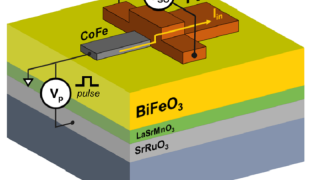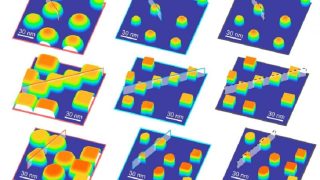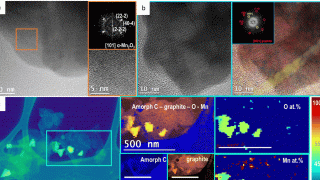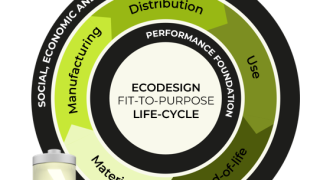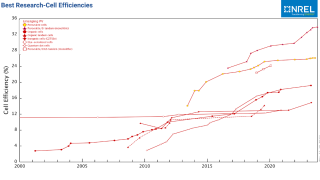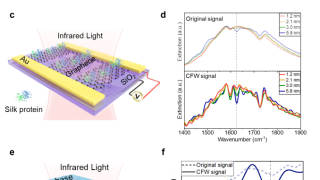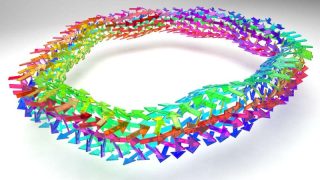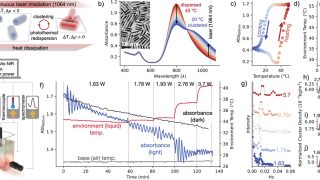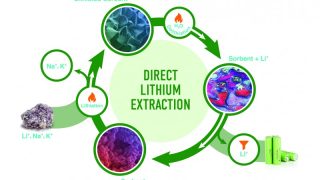
Extracting lithium from waste liquids using aluminium hydroxide
A team of researchers has invented a more efficient way to extract lithium from waste liquids leached from mining sites, oil fields and used batteries. They demonstrated that a common mineral can adsorb at least five times more lithium than can be collected using previously developed adsorbent materials. The new low-cost high-lithium-uptake process presents the […]
